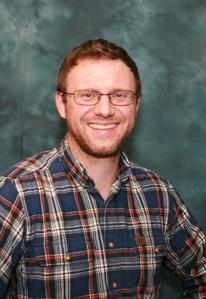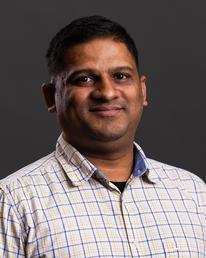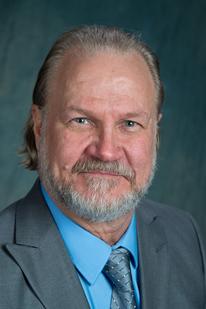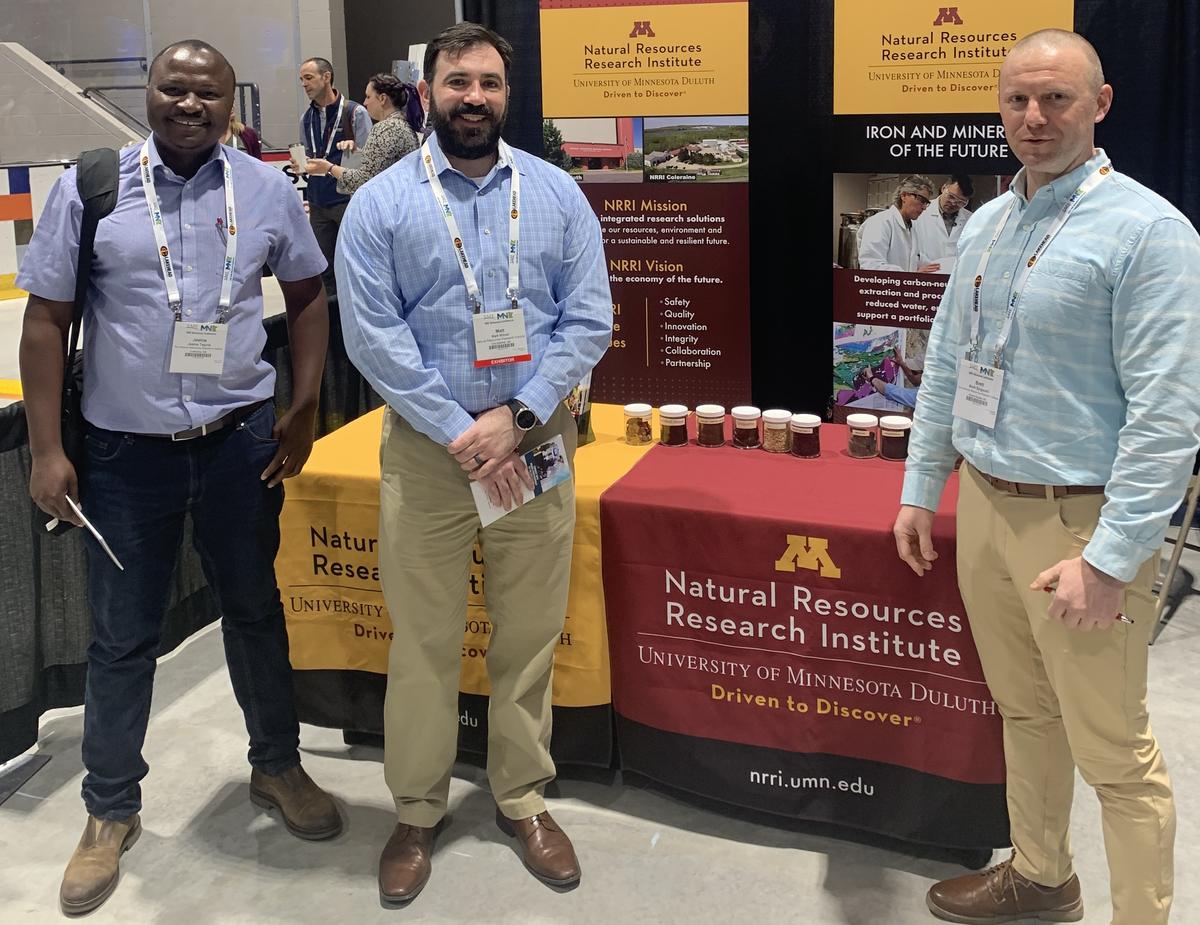Each spring, movers and shakers in the world of mining, minerals processing and metallurgy descend on northern Minnesota. And, as they have for decades past, NRRI researchers will move and shake with the best of them.
The annual Society for Mining, Metallurgy and Exploration – known widely as the SME – will be held at the Duluth Entertainment Convention Center April 15 - 17. Four NRRI research efforts will be presented focused on increasing industry efficiencies and improving processes.
SME Minnesota is a popular Midwest event aimed at helping this traditional industry embrace new technologies and modernize operations while considering new mineral possibilities for a long and sustainable future.
Taconite Tradition
Minnesota’s Iron Range has been producing traditional taconite pellets since the 1950s. It involves a high energy, high heat and heavy water-use process that makes 65 percent iron ore pellets, suitable for traditional blast furnace steelmaking.
But adapting to the electric arc furnace process of the steelmaking market means Minnesota must also produce a higher iron content, metallic product. Enter Direct Reduced Iron, or DRI as it is known. NRRI is helping industry with this adaptation with a new pilot-scale DRI Simulator and Engineer Brett Spigarelli is going to share new details about this equipment at the conference.

“I’m going to explain how the DRI Simulator will be used to enhance the properties of the feed materials.and lead to products with more than 90 percent iron,” Spigarelli explained. “This will help the Iron Range produce the necessary virgin metallic iron to meet electric arc requirements and improve steelmaking efficiencies.”
Water Everywhere
To address the water use challenge, a team of NRRI engineers will present a technology review of a novel dry mineral separation process. Typically, the process that separates valuable metallic and nonmetallic minerals from unusable minerals uses large amounts of recycled water.

However, some new advances in developing dry-based separators and classifiers based on sensor-based sorting, gravity, magnetic, and electrostatic techniques offer options to separate without water.
“There are also many new options for coarse-sized ore sorting,” said NRRI Engineer Sunil Tripathy, who will present the technology review. “These technologies will be especially important to understand the applicability to Minnesota iron ores.”
Optimizing Ores
Making the most of Minnesota’s ore bodies requires knowing exactly how to process the various ore types – from high grade taconite to lower quality oxidized ore– into a product of value to steel makers. Siderite-rich iron along with partially- and fully-oxidized iron samples were investigated to develop customized flowsheets to upgrade these currently non-ore types of iron formation.

“We anticipate that this study will provide insight into the design of customized flowsheets that may allow the iron ore industry to be more sustainable and diversify the iron ore-based product portfolio,” said Rodney Johnson, principal investigator on the project and NRRI’s Endowed Taconite Chair.
The overall goal is to provide avenues for keeping more of the profits and jobs generated from Minnesota iron resources in the state. The knowledge gained from this research will also be applied to identifying a path for producing carbon neutral and carbon negative iron and steel in Minnesota.
Hydrogen Tech
Johnson will also present a new microwave hydrogen plasma technology applied to iron ore reduction. This technique was developed at the High Temperature and Plasma Laboratory at the University of Minnesota and is a collaboration between NRRI and University faculty. It is a fully electric technology that could eliminate two steps – carbon-intensive reduction and energy-intensive “cooking” – that hardens the marble-sized pellets.
“As a virtually instant on-off technology, hydrogen plasma is exceptionally compatible
with intermittent renewable electricity,” Johnson added. Both of Johnson’s projects are funded by the Legislative Citizen Commission on Minnesota Resources, Environment and Natural Resources Trust Fund.
With more than 13,000 members representing minerals industry professionals in more than 100 countries, the Society for Mining, Metallurgy and Exploration provides a wide range of educational and networking opportunities. Its ongoing events and conferences offer connections to learn from industry thought leaders.
PHOTO TOP: NRRI Engineers Jestos Taguta, Matt Mlinar and Brett Spigarelli stand ready to engage at SME 2023.
